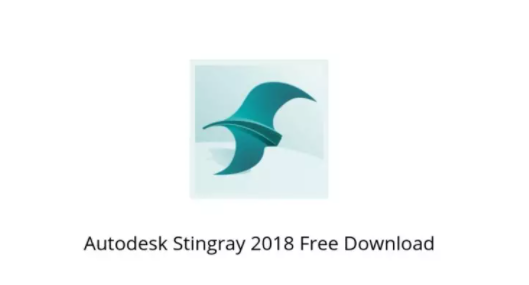
In the StingrayPBS Attribute Editor, select Custom from the Preset Material drop-down list.Ĭlick Open ShaderFX in the Attribute Editor to open the ShaderFX editor window.ĭrag and drop a Sample Texture node from the Node Browser to the work area. Right-click the plane and select Assign New Material, then select Stingray PBS from the Assign New Material window. This workflow is similar to the Blending the textures using the Vertex Color node example in the ShaderFX introductory sample workflow topic however, this example uses the Stingray PBS node and its associated ShaderFX nodes.Ĭreate a plane in your scene and increase its subdivisions to 20x20.

This can be achieved via the Autodesk Desktop App, installed along with your Autodesk software.This example demonstrates how to create a shader network using a Stingray PBS node and ShaderFX nodes so that you can blend two textures by painting the vertices. Step 1: Ensure that 3ds Max is updated to 2018.1 or higher.3ds Max Interactive uses this license and does not require its own. Prerequisite – Before beginning, ensure that you have a valid license of 3ds Max it may be on its own or as part of an industry collection.

In short, Stingray now exists as a downloadable plug-in for 3ds Max, called ‘3ds Max Interactive’.įollow the steps below to access this new incarnation of Stingray.


However, in their rich tradition of streamlining (read: gutting their software to bolster their main offerings), Autodesk is now providing all of Stingray’s functionality through its Maya LT and 3ds Max programs. Those of you who have had the privilege of using Autodesk Stingray to make games, presentations and virtual worlds for VR may have recently been dismayed to find out that it is no longer available but where has Stingray gone?Īs of the 7th January 2018, Autodesk has discontinued selling and supporting the program.


 0 kommentar(er)
0 kommentar(er)
